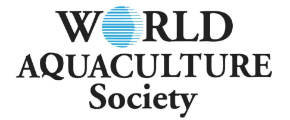SEAWEED AQUACULTURE TECHNOLOGIES, AND BIOMASS APPLICATIONS IN KOREA
Korea has been one of the leading countries in aquaculture. The aquaculture production in 2016 was nearly 1.8 million metric tons (MT) with over $2.1 billion economic value. The Korean aquaculture production is dominated by seaweed, 1.4 million MT ($590 million), followed by shellfish, 360,000 MT ($570 million) and finfish, 80,000 MT ($800 million) in 2016. Three genera, including brown seaweed, Saccharina (400,000 MT) and Undaria (500,000 MT) and red seaweed Pyropia (formally known as Porphyra; 410,000 MT), occupies nearly 95% of entire seaweed production in Korea. Over 90% of seaweed aquaculture occurs in Jeonnam Province, which is in southwest Korea. In Korea, the seaweed biomass has been used mostly for human consumption (all seaweeds) and animal feed (kelps mostly for abalones). Since 2000s, Saccharina and Undaria production has continuously increased due to demand for abalone feeds, over 60% of total production of Saccharina and Undaria was used in the abalone industry. Some seaweed biomass has also been used in the phycocolloid, fertilizer, pharmaceutical, etc. More details of seaweed aquaculture technologies in different species, and biomass processing and utilizations will be discussed.













